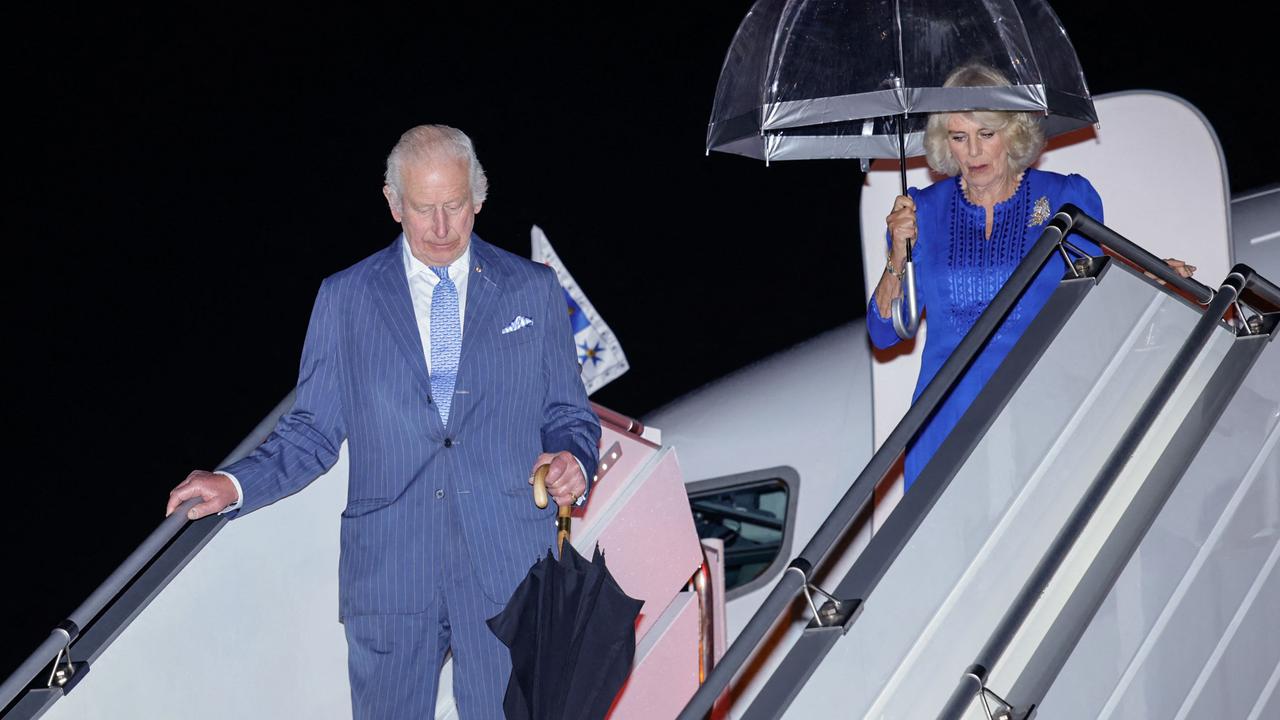Medical experts conclude Kathleen Folbigg children likely died of natural causes
A federal MP who spoke at the inquiry that led to Kathleen Folbigg being pardoned says there wasn’t a “smoking gun” which proved she killed her son Patrick.

Breaking News
Don't miss out on the headlines from Breaking News. Followed categories will be added to My News.
A leading neurologist and federal MP who testified at the inquiry that led to Kathleen Folbigg being pardoned said she never saw a “smoking gun” when reviewing the death of Patrick Folbigg.
In 2023, Monique Ryan testified at the second inquiry in relation to the death of Patrick Folbigg, who died on October 18, 1990 after he was rushed to hospital while he was struggling to breathe.
She was one of several medical experts who claimed the four children of infamous baby killer Kathleen Folbigg likely died of natural causes 20 years after bombshell evidence came to light.
The neurologist told the inquiry the eight-month-old likely died due to a brain injury suffered during the medical episode.

“He had an uncontrolled epileptic seizure which more likely than not caused his death,” she told the inquiry.
“Sometimes when babies have seizures they can be relatively subtle, but they (the parents) would recognise the babies were having unusual events, even if they didn’t recognise them to be a seizure.”
Speaking to Andrew Clennell on Sky News, Dr Ryan said she maintained her position.
“I looked at the file and I was really concerned that I didn’t see a smoking gun,” she said.
“Unfortunately, you can have a number of children who die prematurely (and) it’s not lightning striking four times, it’s that that family is potentially affected by genetic conditions that predispose the babies to sudden or unexpected death in infancy.
“That wasn‘t really appreciated at the time of the initial trial. It’s something we do understand now.”
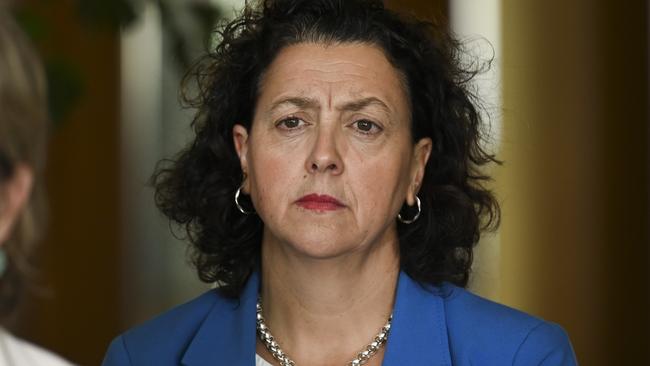
Dr Ryan said it was a “terribly, dreadfully sad situation” for the family.
“He has his own version of events and his own understanding of it, but all I can do is speak to the medical evidence for the case of the child that I was involved with,” she said.
“In this particular medicine, things have changed hugely over time and our understanding of these sorts of things has changed as well.
“It may be that Mr Folbigg needs a bit of time to come to terms with a different imagining of how things happened way back then. I can’t speak to that.”
Ms Folbigg, 55, was freed from jail on Monday after being pardoned.
The mother of four was sentenced to 30 years in jail after she was convicted in 2003 of the murder of three of her children and the manslaughter of a fourth child between 1989 and 1999.
Ms Folbigg has always claimed she didn’t kill her four children Patrick, Sarah, Laura and Caleb, who each died suddenly between the ages of 19 days and 18 months during their short lives.
She was not eligible for parole until 2028.
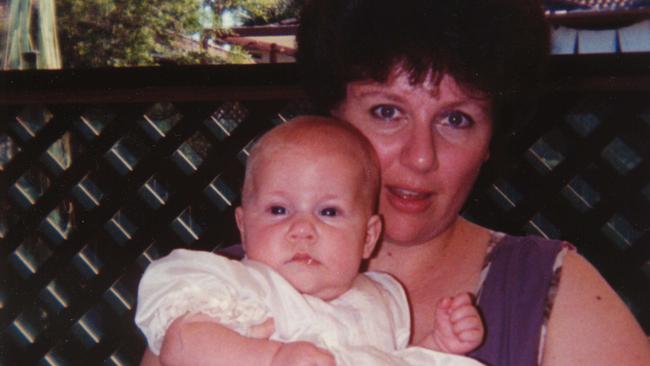
Former NSW chief justice Tom Bathurst KC headed an inquiry into Ms Folbigg’s convictions and said there was reasonable doubt as to her guilt.
On Monday, NSW Attorney-General Michael Daley said he had received an advanced copy of Mr Bathurst’s findings, and had met with the Governor-General to recommend Ms Folbigg be pardoned.
“This morning at 9:30am, I met with the Governor. I recommended that the governor should exercise the Royal prerogative of mercy and grant Ms Folbigg an unconditional pardon,” he said.
“The Governor agreed. She has now been pardoned.”
Under the pardon, her convictions are not quashed, but she will not have to serve the rest of her sentence.
“The convictions are not quashed. The only body that can do that is the Court of Criminal Appeal,” he said.
The inquiry heard evidence from experts in February about new scientific developments that could potentially prove some of her babies died of natural causes linked to a genetic mutation.
Prosecutors had won their case against Ms Folbigg in 2003 based on the argument she had smothered her children despite there never being any physical evidence that’s what caused their deaths.
Fresh medical evidence
A 2021 scientific report suggested at least the deaths of Laura, who died at 18 months, and her older sister Sarah, who previously died at 10 months, were linked to a rare genetic variant.
Medical experts during the inquiry discussed the possibility the two girls had the rare genetic mutations CALM2G114R, which is linked to long QT syndrome, a heart-signalling disorder that can cause fast, chaotic heartbeats or arrhythmias.
This genetic mutation was not discovered by medical scientists until years after the deaths and would not have been investigated at the time, the inquiry was told.
The inquiry was also told the girls’ deaths might be linked to catecholaminergic polymorphic ventricular tachycardia (CPVT), a condition characterised by an abnormal heart rhythm or arrhythmia.
Professor Carola Vinuesa told the inquiry that she had contributed research on the rare mutation CALM2G114R and hypothesised that the four Folbigg children most likely died from some form of cardiac arrest that led to unexplained death.
However, the inquiry was told both Patrick and Caleb most likely did not carry the same variant their sisters shared.
Dr Vinuesa explained that Sarah and Laura had this variant and it was concluded the boys also died from similar issues relating to the sudden unexplained deaths.
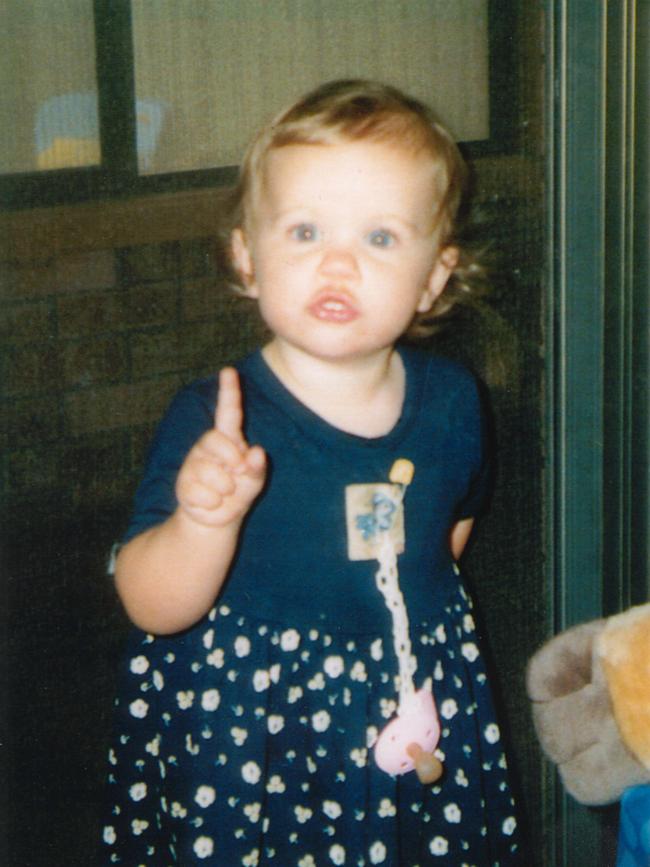
Canadian forensic pathologist Matthew Orde told the inquiry that he’d analysed records of Laura’s heart tissue, known as slides, to determine if myocarditis, commonly known as inflammation of the heart, had caused her death.
He said the slides he assessed showed clear signs myocarditis was present and was the likely cause of death, but from a forensic pathologist’s perspective, he would need to look at the “big picture”.
“In my experience as a forensic expert, the extent of degree of inflammation in Laura’s heart slides creates a very compelling contention for the cause of death,” Dr Orde said.
“All I’m trying to draw attention to is, on the basis on the slides, I see a potential cause of death, but I can’t exclude other factors having contributed.”
Neurologist and sitting MP Monique Ryan, was asked during the inquiry about the sudden death of Ms Folbigg’s son Patrick.
The inquiry was told Patrick had been taken to hospital on October 18, 1990, after his parents had found him struggling to breathe.
The then four-month-old boy was also reportedly blue in colour when he was rushed to hospital.
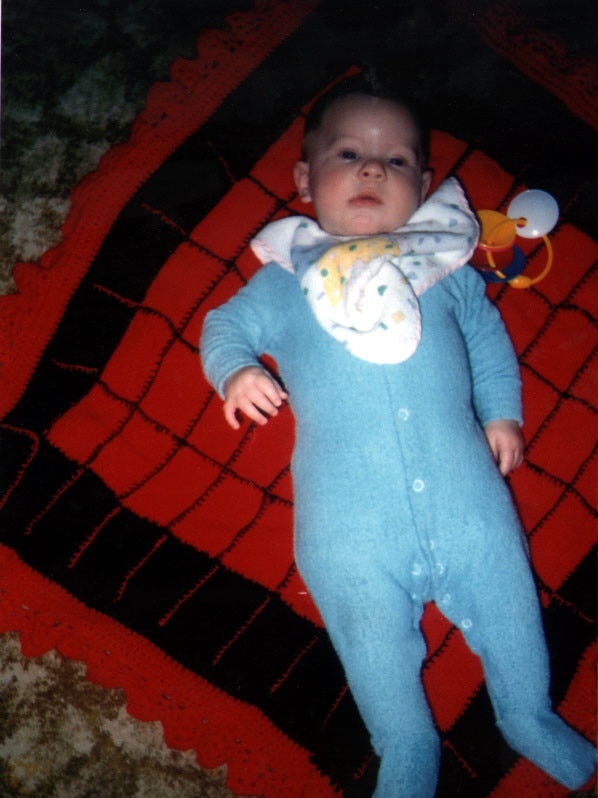
Dr Ryan said it was most likely around this time Patrick would have had his first seizure.
“He had an uncontrolled epileptic seizure and more likely than not caused his death,” she said.
“Sometimes when babies have seizures they can be relatively subtle, but they (the parents) would recognise the babies were having unusual events even if they didn’t recognise them to be a seizure.”
However, Dr Ryan said she questioned whether the seizures had brought on a brain injury linked to lack of oxygen that ultimately caused Patrick’s death because of how quickly he initially recovered.
“The baby’s eyes were open, he appeared awake but he was less responsive than usual and the fact that he was only responsive to painful stimuli indicates how unresponsive he was,” Dr Ryan said.
“If a baby’s had a severe brain injury related to breathing problems … for it to be severe enough … I would have expected he wouldn’t have recovered as quickly as he did.”
Patrick had begun to respond to medical attention within 15 minutes of attending hospital on October 18, 1990, the inquiry was told.
“He was behaving more normally, which would be inconsistent with a severe hypoxic brain injury,” Dr Ryan said.
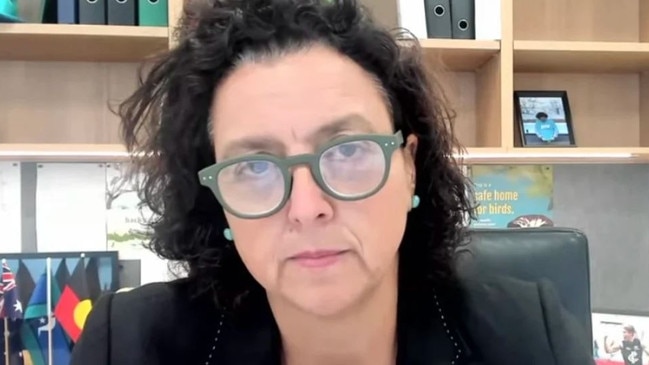
She said while Patrick’s seizure was a “fairly significant one”, he didn’t continue to display typical behaviour for a child with ongoing issues relating to the brain injury.
Dr Ryan said this could be the result of a genetic disorder scientists hadn’t discovered yet.
The inquiry had heard evidence from medical experts that genetic science was a fairly new field, with discoveries being mad every day about new mutations.
“The fact a definitive abnormality wasn’t found on Patrick’s genetic testing does not to me indicate it wasn’t a genetic disorder,” she told the inquiry.
Dr Ryan said another possibility was Patrick’s death could be related to “stroke-like episodes”, linked to energy failures within the brain.
“It was pretty clear something happened on the 18th of October which was fairly profound; before that date Patrick Folbigg was felt to be normal,” she said.
“He was not necrologically normal (after October 18) … there has to have been some sort of brain injury at or around that time.
“I think it’s more likely he had an underlying condition that manifested on that date.”

Lack of proof the Folbigg children were smothered
Speaking at February’s inquiry, renowned paediatric intensivist Peter Flemings said he hadn’t been able to find any evidence to support that the Folbigg children had died from asphyxiation.
The inquiry was told Professor Fleming had a long career of studying infant death shortly after a child had died.
He explained based on his expert knowledge, he found it “almost inconceivable” that the Folbigg children had their airwaves disrupted by way of smothering that could cause their death.
Professor Fleming said young children who had been suffocated in some way would show clear signs inside their mouth of the injury caused by their growing teeth.
“Anything that pushes the lip onto the teeth and anything that disrupts the upper airway would ultimately do that, would risk damaging the inside of the lip,” he said.
Professor Fleming said children of a certain age developed “erupted” teeth coming through the gum.
He explained three of the Folbigg children, Patrick, Sarah and Laura, would classify as old enough to have had eruptive teeth.
Professor Fleming said the three siblings would have most likely shown signs of asphyxiation when they died if they had been smothered in some way.
“The youngest Caleb was three weeks (old), that’s why I have less certainty about that,” he said.

Dr Orde said during his evidence in February he had also found it difficult to prove asphyxiation caused death in each child.
He said the children would have likely struggled while their airways were blocked, causing possible markings or injury to their bodies.
He said it was “possible to smother a young child without detection at autopsy”, but in a child like Sarah, who was 18 months when she died, there would be clear signs of a struggle.
“I think it’s clear that there would be likely (be evidence of) struggling, there would be injury to the face, particularly the lining of the mouth and particularly the teeth, which would give likely rise to injury to the mouth,” Dr Orde said.
“I think in cases of young infants it would be possible to leave undetectable signs … it’s a possibility but the probability of such an outcome … would reduce as the child gets older.”
Dr Orde said there was varying debate about whether an “absence of injury” indicated smothering had occurred.
Professor Fleming challenged the testimony of some of the experts on infant death who gave evidence in the original trial against Ms Folbigg.
“I would find it very, very hard to believe that someone could suffocate them by putting something over their face or obstructing their airwaves and leave no marks,” he said.
“I would find that extraordinary, I would find that person has skills most paediatric anaesthetists don’t have.
“I’ve dealt with it a lot, having personally investigated a lot of deaths … I may be an outlier but I think without being immodest, I have a greater level of experience (than the experts) at that trial.
“I find it very hard to envisage anyway that you could do that without putting pressure on the lips and the teeth.”
Folbigg diaries misinterpreted
Experts also told the inquiry about how Ms Folbigg’s diaries written before her arrest in the late ‘90s had been misinterpreted as an act of guilt.
Prosecutors had used her own words against her during the 2003 trial to argue Ms Folbigg had admitted to killing her children in the diaries.
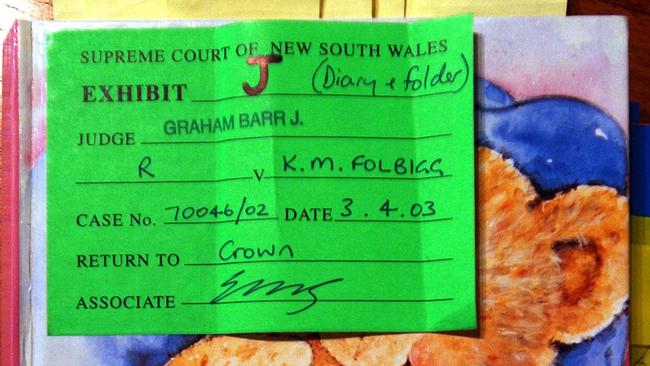
Forensic psychologist Patrick Sheehan hypothesised that Ms Folbigg believed she was being punished by “external forces” and blamed those reasons on why her babies died, the inquiry was told.
Mr Sheehan told the inquiry that after analysing Ms Folbigg’s diary entries provided to him, he proposed an alternative hypothesis to her written musings.
Those diary entries had previously been suggested to prove her guilt, as she had written about how she was responsible for her children “leaving” her.
But Mr Sheehan said he suggested Ms Folbigg likely had a mood disorder and suffered from “avoidant characteristics” of trauma psychotherapy and she “circumvented grief”.
Originally published as Medical experts conclude Kathleen Folbigg children likely died of natural causes




